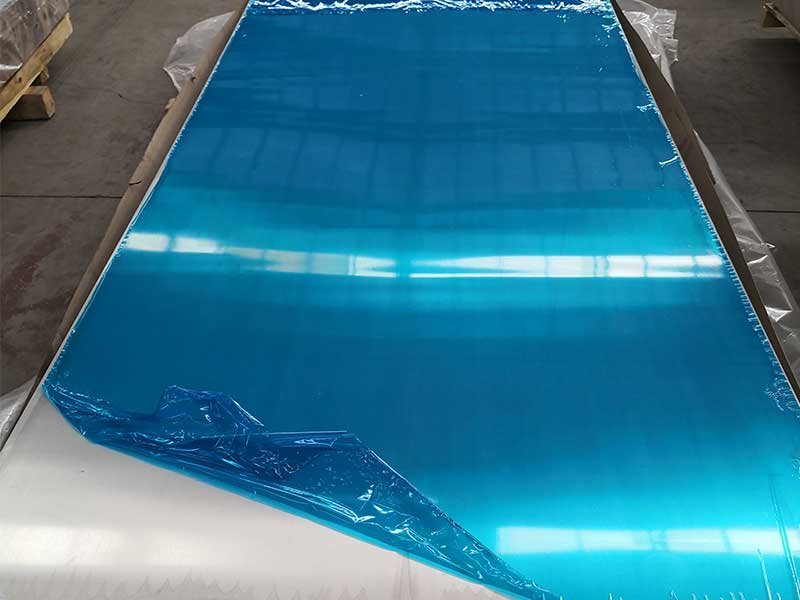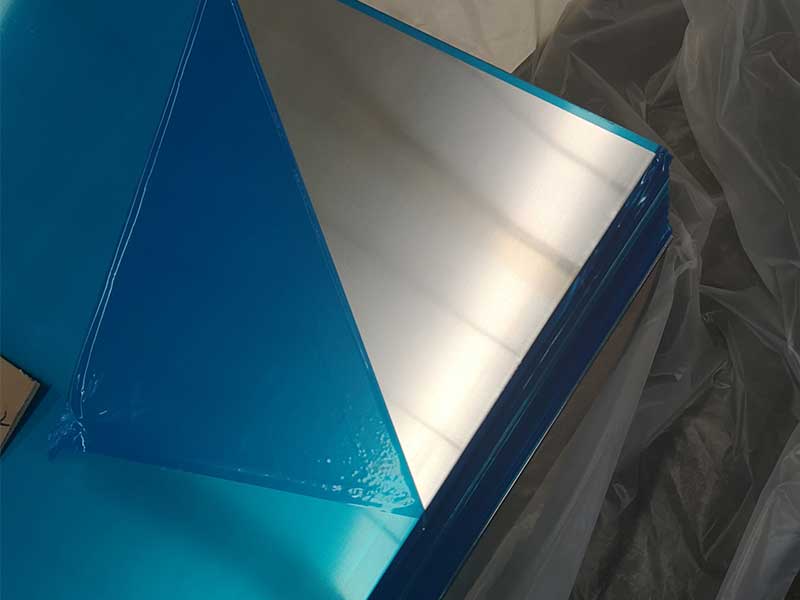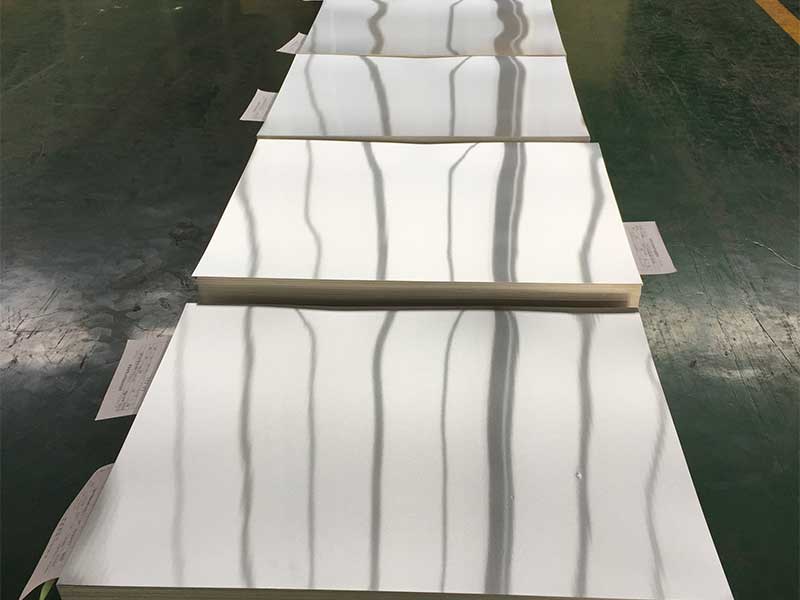When it comes to selecting the right aluminum sheet for your project, understanding the various alloys available is crucial. Among the most commonly used forms are aluminum sheet alloys H24 and H14. While both alloys play a significant role in various manufacturing processes, there are key differences in their composition and properties that ultimately affect their applications.
What are Aluminum Alloys H24 and H14?
Aluminum alloys are classified into different temper designations. The letters followed by numbers indicate the treatment process: the letter “H” stands for "Heat-treated" or "Work-hardened." The numbers that follow provide specific information regarding the tempering process of the alloy.
H14:
- The H14 alloy is an aluminum sheet that has been cold worked to a mid-level degree. It is a commonly chosen option for a variety of applications due to its good strength-to-weight ratio and excellent corrosion resistance.
- Temper Characteristics: H14 is categorized as a half-hard alloy. It retains some of its flexibility while providing improved strength in comparison to its softer alloys.
- Common Applications: This alloy is frequently used in the manufacturing of truck bodies, trailers, and other components that benefit from its strength, lightweight properties, and resistance to oxidation.
H24:
- In contrast, H24 is regarded as a full-hard alloy that is cooled after processing to attain its temper. The processes involved make it a more robust material than H14.
- Temper Characteristics: H24 alloys have a higher strength due to more extensive cold working, making them even less pliable than H14. This characteristic is particularly valuable where rigidity is a priority.
- Common Applications: H24 aluminum sheets find their place in roofing sheets, building facades, and similar exterior applications where added strength and durability are required to withstand the elements.
Key Differences Between H24 and H14 Alloys
1. Strength: Due to the intensity of the cold working process, H24 exhibits superior strength compared to H14. If your project demands high structural integrity, H24 might be the better choice.
2. Flexibility: H14 maintains a degree of flexibility that may be essential for applications requiring bending or forming. It’s ideal for scenarios where deformations are expected without fracture.
3. Corrosion Resistance: Both alloys offer excellent protection against corrosion due to aluminum's natural oxide layer. However, due to its processing, H14 shows more adaptability under stress, which can contribute to longer-lasting performance in some environments.
4. Weight Considerations: Both alloys exhibit a lightweight nature; however, the slight increase in strength for H24 allows for thinner sheets to be used in applications without compromising on durability.











